The Transformative Capabilities of 3D Printing in Architecture
Architects can choose to use either Polyjet or FDM printing technology in their field. PolyJet 3D printing technology creates a smooth and intricate model in a number of different materials, including rigid photopolymers. For models that are going to be load bearing, Fused Deposition Modeling (FDM) Technology builds strong parts in production-grade thermoplastics.
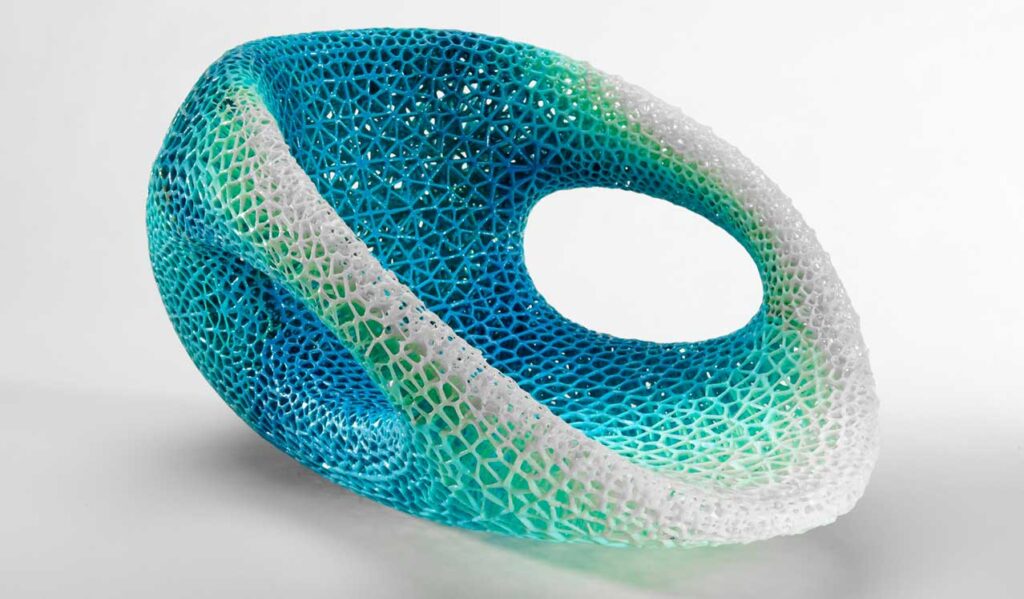
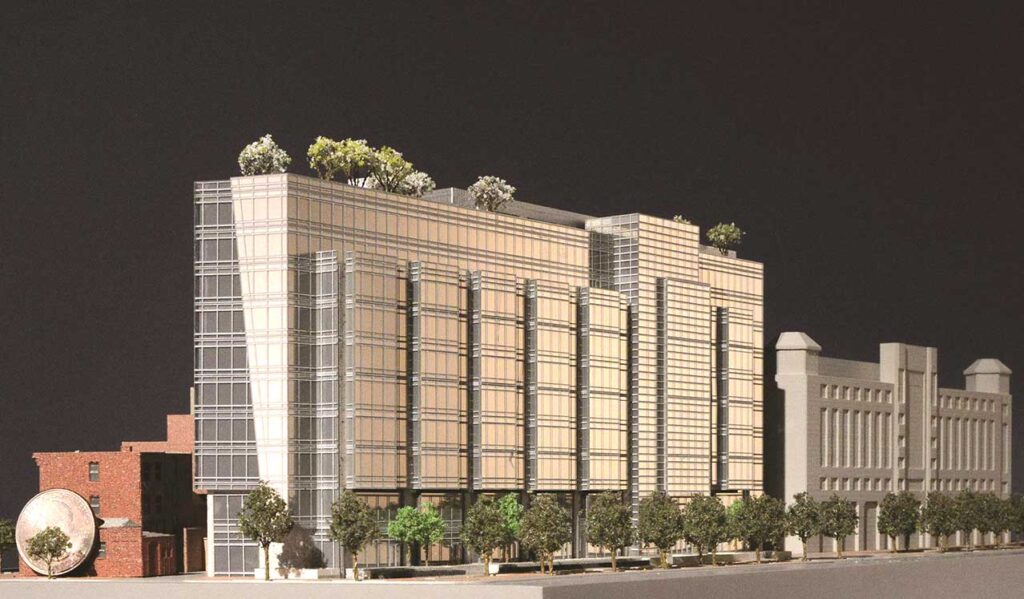
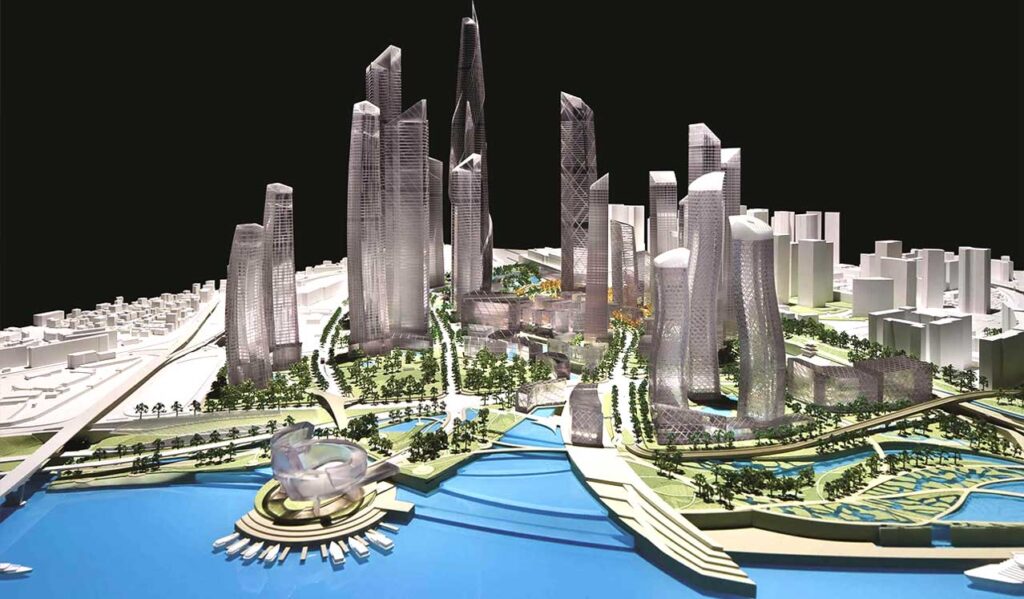
Case Studies
Application Briefs
Benefits of 3D Printer in Architecture & Interior Design Industry
In the realm of interior design, PolyJet 3D printing has opened up new horizons, enabling designers to blend functionality with artistry. From custom furniture to personalized decor, PolyJet technology empowers designers to create unique, intricate, and highly customized elements.
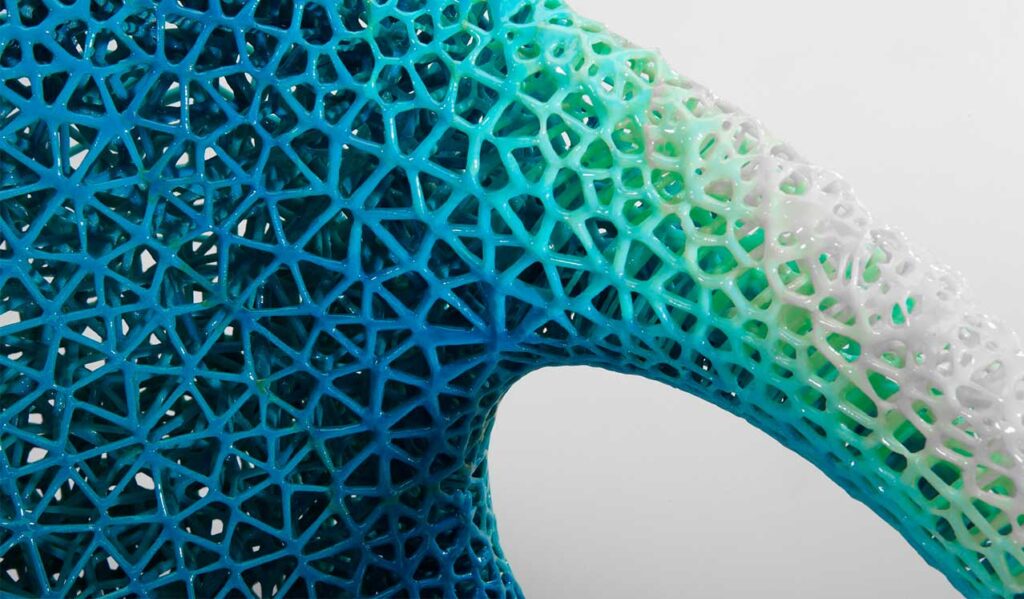
Intricate and Unique Decor
In the realm of decor, PolyJet technology shines. Interior designers can produce intricate and unique decor items that add a touch of elegance and personality to any environment. With its ability to create intricate patterns, ornate designs, and complex shapes, PolyJet 3D printing brings designers’ creative visions to life. These pieces, from decorative wall panels to ornamental vases, stand as testaments to the boundless possibilities of this technology.
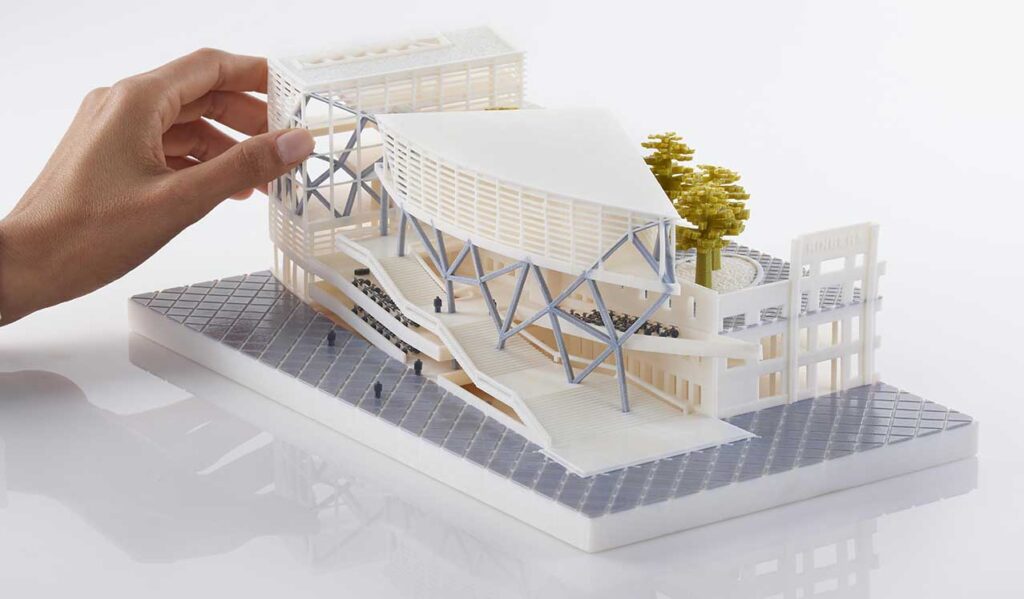
Efficient Prototyping and Visualization
PolyJet 3D printing expedites the interior design process by enabling designers to create tangible, highly realistic prototypes of their designs. With 3D printed building models, clients can interact with physical models, gaining a deeper understanding of proposed interior spaces. This visual communication enhances decision-making and ensures that the final design aligns perfectly with the client’s vision.
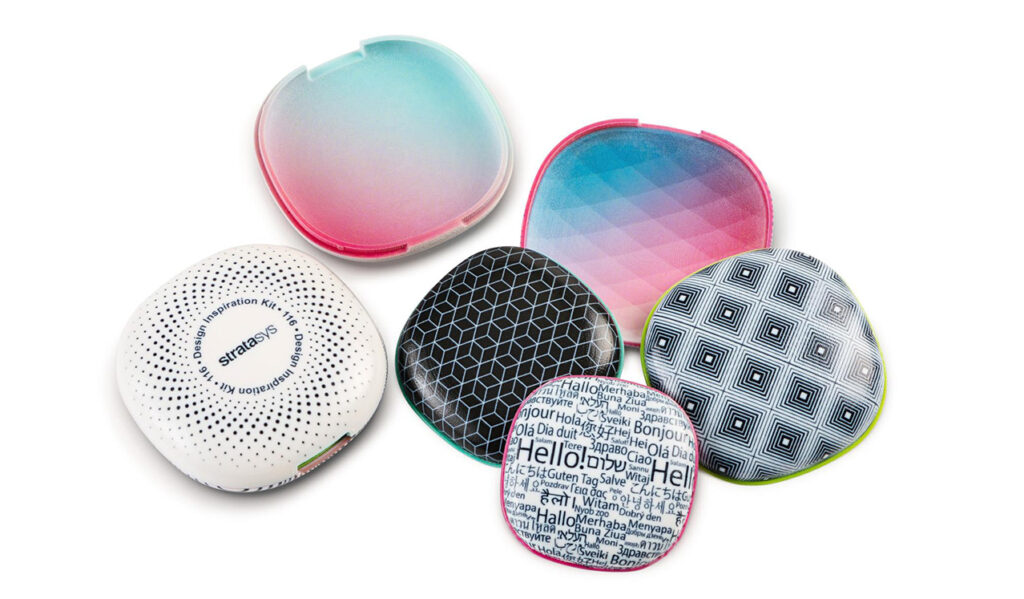
Material Versatility for Realistic Mock-Ups
Material versatility is a key advantage of PolyJet 3D printing. Designers can experiment with various materials, simulating different flooring, textiles, and finishes. This capability helps clients make informed material choices, creating a harmonious and functional interior space.
The integration of 3D printing technologies, such as PolyJet and FDM, into architecture and interior design is redefining the creative and construction processes. These technologies empower designers and architects to push the boundaries of innovation, sustainability, and efficiency. As architecture and interior design continue to evolve, 3D printing plays a pivotal role in shaping the future of both fields. Embracing these technologies is not just a choice; it’s a transformative advantage that empowers designers, architects, and clients to turn their creative visions into captivating, functional realities.
